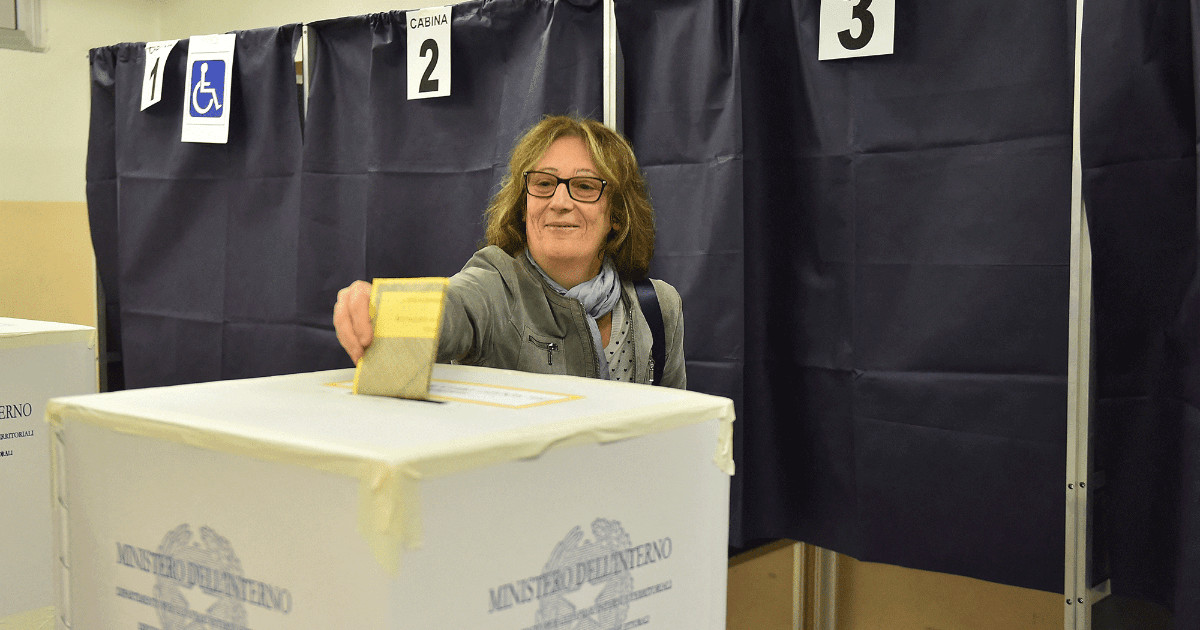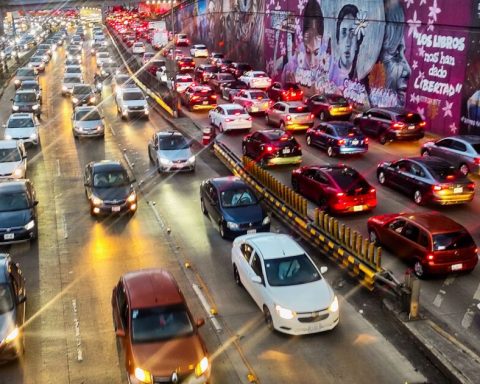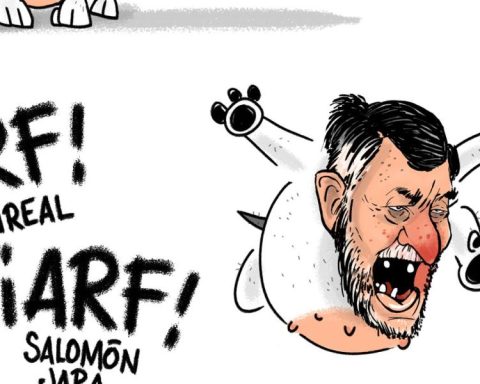Italy aspires to put an end as of today to a few months marked by the high voltage in the political debate, which in July was carried out by the coalition government of the former governor of the European Central Bank (ECB), Mario Draghi. The country held early legislative elections this Sunday, marked by the rise of the right-wing bloc in the polls.
It is made up of different organizations that propose very different solutions to the economic, energy and geopolitical crisis that began just seven months ago, with the beginning of the Russian aggression against Ukraine. They are the Brothers of Italy -led by Giorgia Meloni, who in his youth was a member of a post-fascist party, although in recent years he has changed his discourse-, the far-right League and the liberal-conservative formation Fuerza Italia, whose main leaders are the tycoon and three-time prime minister, Silvio Berlusconi, and the former president of the European Parliament, Antonio Tajani.
The League is a eurosceptic formation and its leader, Matteo Salvini, aspires to return to the Ministry of the Interior. His main Achilles’ heel is his good relations with Russian President Vladimir Putin, whom he has explicitly supported on several occasions. On the contrary, Brothers of Italy defends the country’s continuity in NATO and the eurozone, and calls for far-reaching changes in the EU.
Meloni’s economic agenda is continuous, but her social program is openly ultra-conservative. Under the slogan “God, country and family”, Meloni strongly opposes abortion and irregular immigration and defends the traditional family model.
European funds
Italy is the country that has benefited the most from European funds. In the coming years, it will receive around 200,000 million euros to boost its economy after Covid-19, although they are conditional on a battery of reforms that Draghi agreed with Brussels, and that the right-wing bloc has promised to maintain.
The evolution of Italian politics and economy has been very uneven. If the government imploded in July, after the populists of the Five Star Movement withdrew their support for Draghi, the country managed to recover the level of activity prior to the pandemic in August.
The GDP grew by 6.6% in 2021 and, in the second quarter of the year, it did so by 1%, four tenths more than the eurozone average. The World Bank estimates that the GDP will rise by 2.3% this year and 1% in 2023. These are “weak” prospects for the Scope Ratings agency, which is why it predicts that the next government’s room for maneuver will be limited.
Deficit and public debt
Last year, the deficit stood at 7.2% and at the end of the first quarter, public debt reached 2,755 billion euros, an amount equivalent to 152.6% of GDP, the highest figure in the last 25 years.
Scope Ratings forecasts that this percentage will remain stable in the medium term although, according to the head of corporate bonds at Vontobel, Mondher Bettaieb-Loriot, thanks to the new liquidity mechanisms of the European Central Bank (ECB), “the risk of default on sovereign bonds is quite low.
Inflation takes its toll on industry
Inflation is also at highs. In August, it reached 8.4% year-on-year, the highest percentage in 37 years. The price of energy contributes to this and, in the first quarter, Italy was the third EU country where it was most expensive. It stood at 0.4202 euros per kilowatt hour, according to Eurostat.
This escalation in rates has a direct impact on the industry, which generates a quarter of GDP and employment. Italy is the second manufacturing power in the EU and the seventh in the world and also the world’s leading exporter of luxury goods. The country stands out in sectors such as precision machinery, motor vehicles, chemical and pharmaceutical products, fashion and electronics. 90% of companies have less than 100 employees and are concentrated in the north, in cities such as Turin, Milan and Venice.
This situation contrasts with that of the southern half, where the mafias have strong roots. Of the ten EU regions with the most unemployment in 2021, two were in the south of the country: Campania (19.3%) and Sicily (18.7%), according to Eurostat. On the contrary, Bolzano (3.8%) and Trento (4.8%), in the Alps, reach full employment.
67 governments since 1946
Another structural challenge is political instability. Since 1946, when the Republic was proclaimed, there have been 67 cabinets in the Chigi Palace, seat of the Council of Ministers. On average, they have lasted just over a year.
To favor governability, in 2020, the electoral law was reformed, which assigns a third of the deputies to the party with the most votes in each constituency.
kg
















